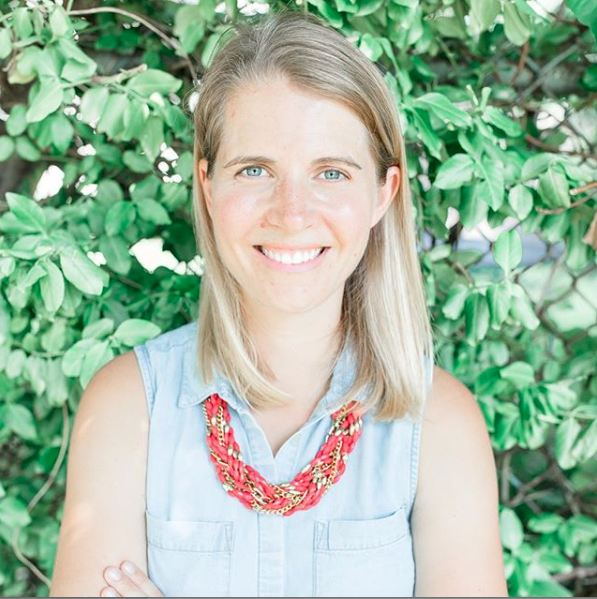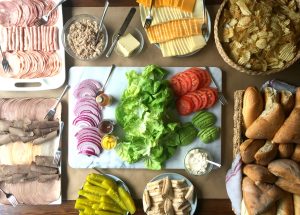Get the Most Out of Curriculum Night at Your Child’s School

Every fall, Curriculum Night takes place at schools across the country. This is an opportunity for parents and their children to visit their school and share and learn about the upcoming school year. And this year your school might actually have one!
To make the most of this time, there are some key things parents can do to help ace curriculum night:
Tips to Make the Most of Curriculum Night
1. Prepare in advance
Each school is unique. They all have their own culture, programs, parental involvement opportunities, extra-curricular activities, and academic standings.
Doing some light research prior to curriculum night can help guide what questions you might have or information you would like to seek out – such as how the kindergarten classroom supports literacy development or parent volunteer opportunities.
There are different resources available to gain this information, including your school’s newsletter, the website for individual school/board, and SchoolQ – a platform designed to inform parents about schools – including details on school catchments, testing scores, and information about a school’s community.
2. Tour the classroom
Spend time in your child’s classroom – and, if possible, have your child give you a tour. This will put them in a leadership role and make them feel like an expert – which can be quite empowering for kids. Ask your child to share their favourite areas of the class, try sitting in their seat or experiencing the different learning activities that they enjoy engaging in, and spend time understanding the different routines and expectations of daily life in the classroom.
Becoming familiar with your child’s learning environment can help you engage with your child throughout the school year and reference specific things to spark conversation at the end of each day.
An awareness of the classroom materials and activities can also help you support your child if they are having challenges socially, such as feeling lonely or not knowing how to connect with others. You can suggest something specific that your child can do – for example: “You love Lego, I saw some in your classroom, next free time maybe you want to invite Johnny to play Lego with you”.
If it’s available, also have your child take you to the other areas in the school where they spend time – the gym, playground, library, or music room. This can be especially beneficial for kids who are not very positive about school but who do enjoy the other programs available to them. This helps create a positive association with the school and offers insight into the areas that they enjoy.
3. Connect with your child’s teacher
Curriculum night is a busy time for teachers as there are a lot of people to meet and talk with. But it’s really important for you to find an opportunity to connect with your child’s teacher. You may only have a few minutes, so use this time wisely. Sharing some information about your child – their interests and their temperament — is helpful. Ask your child’s teacher some questions to learn more about your child’s experience in the classroom.
Here are some questions parents may want to ask (ideal for any age or grade):
- How has my child adjusted so far to the new school year?
- What is the best way for us to communicate and for me to get in touch with you?
- What can I do to support my child’s learning at home?
4. Get to know some other parents
Take the time to get to know a few parents of the kids in your child’s class. Knowing some names and making some connections has many benefits. It helps build community – it’s great to say hi to people at drop off and pick up. It will help when setting up playdates and helping your child establish friendships. And if you ever have questions about something happening at school (i.e. details about the science fair ) you will have a familiar person to ask. Plus, if you are ever in a pinch and need someone to help you out with drop off or pick up, it’s great to have some trusted parents you could call upon.















